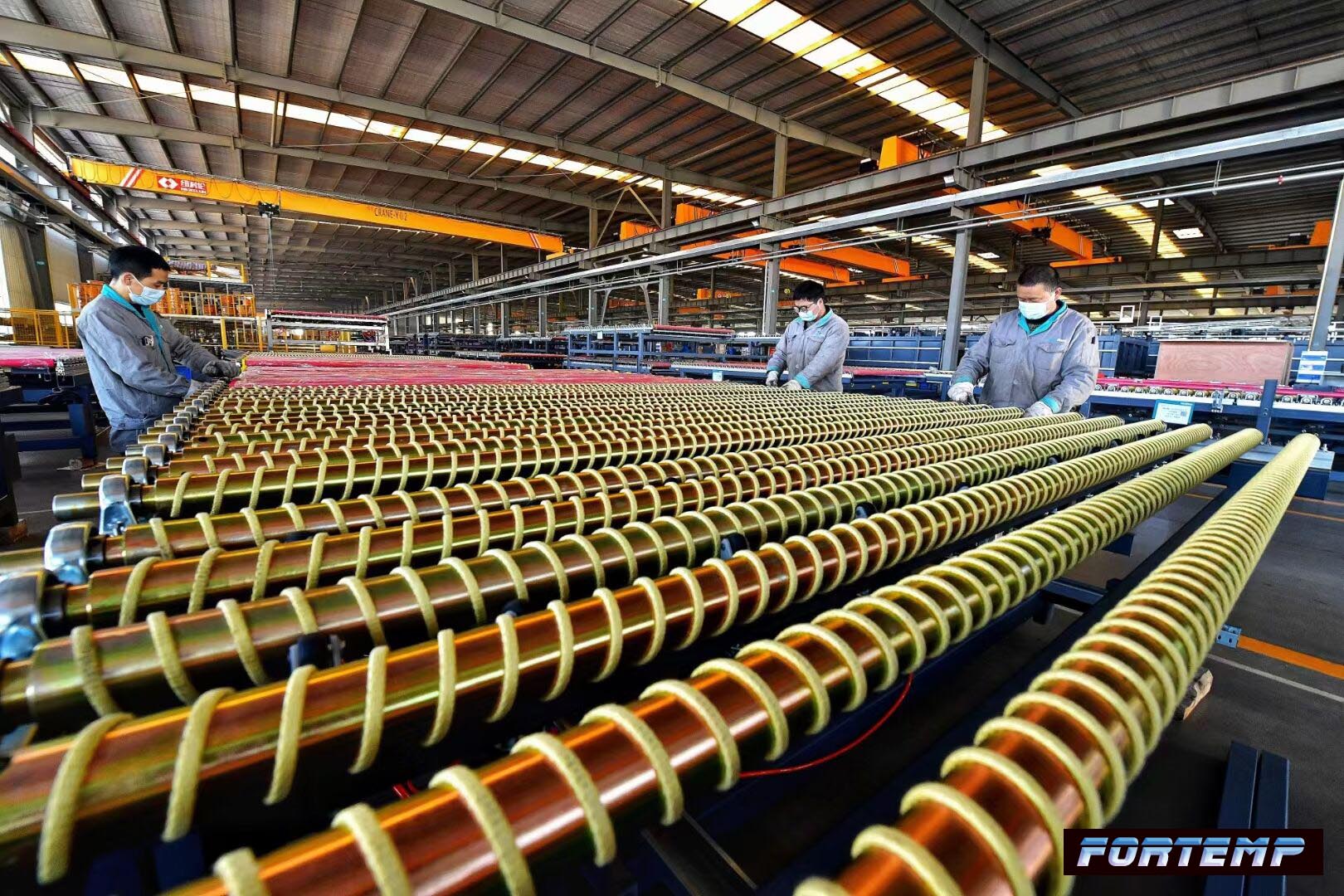 An equipment maintenance plan is a document that outlines the preventive and corrective actions to keep your machines and systems running smoothly and efficiently. It helps you reduce downtime, improve performance, extend equipment life, and save costs. As a field service engineer, you need to know how to create an effective equipment maintenance plan that suits your clients’ needs and expectations. Here are the steps to follow.
An equipment maintenance plan is a document that outlines the preventive and corrective actions to keep your machines and systems running smoothly and efficiently. It helps you reduce downtime, improve performance, extend equipment life, and save costs. As a field service engineer, you need to know how to create an effective equipment maintenance plan that suits your clients’ needs and expectations. Here are the steps to follow.
1. Identify the equipment
The first step is to identify the equipment that requires maintenance and gather information about its specifications, functions, features, and history. You can use inventory records, manuals, warranties, service logs, and labels to collect this data. You should also inspect the equipment visually and test its operation to assess its current condition and performance.
2. Define the maintenance objectives
The next step is to define the maintenance objectives for each equipment based on its importance, reliability, and risks. You should consider the goals of your clients, such as improving quality, safety, efficiency, or compliance. You should also consider the consequences of equipment failure, such as loss of production, revenue, or reputation. Based on these factors, you can prioritize the equipment and assign a maintenance frequency and level.
3. Select the maintenance tasks
The third step is to select the maintenance tasks that will help you achieve the maintenance objectives for each equipment. You can use different sources of information, such as manufacturer recommendations, industry standards, best practices, and past experience, to identify the appropriate tasks. You should also consider the type of maintenance, such as preventive, predictive, or reactive, and the resources required, such as tools, materials, skills, and time.
4. Schedule the maintenance activities
The fourth step is to schedule the maintenance activities according to the maintenance frequency and level for each equipment. You should use a calendar or a software tool to plan the dates and times of the activities and allocate the resources accordingly. You should also coordinate with your clients and other stakeholders to ensure minimal disruption and maximum availability of the equipment.
5. Document the maintenance plan
Documenting the maintenance plan is the fifth step, and it should be done in a clear and concise format that can be easily accessed and updated. The document should include information such as the equipment identification and description, the maintenance objectives and priorities, the maintenance tasks and procedures, the maintenance schedule and resources, as well as the maintenance records and reports. Additionally, relevant instructions, diagrams, checklists or forms should be included to help execute the plan.
6. Review and improve the maintenance plan
The final step is to review and improve the maintenance plan periodically to ensure its effectiveness and efficiency. You should monitor the performance and condition of the equipment, track the results and costs of the maintenance activities, and collect feedback from your clients and other stakeholders. You should also analyze the data and identify any gaps, issues, or opportunities for improvement. Based on your findings, you should make adjustments to your maintenance plan as needed.
Post time: Sep-15-2023
